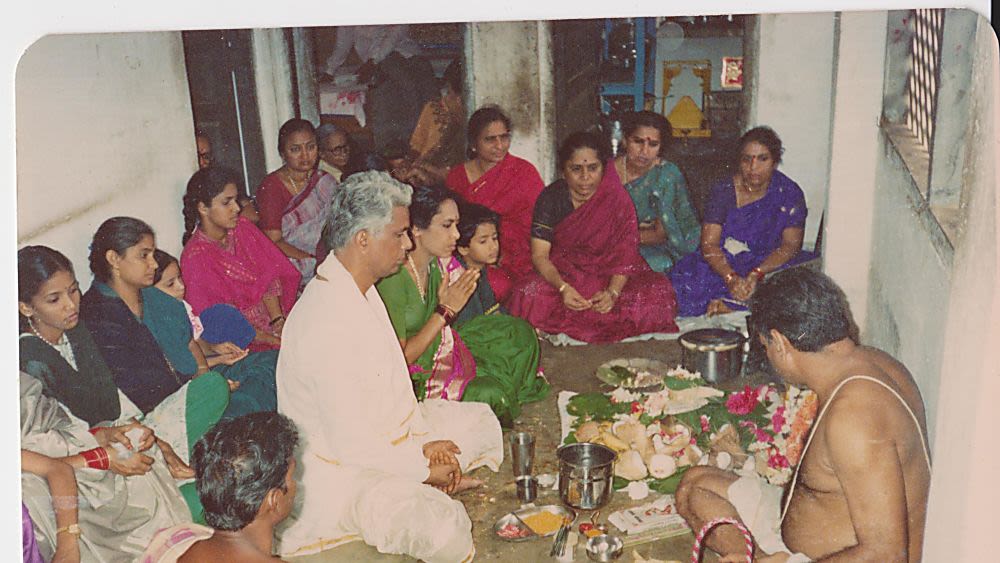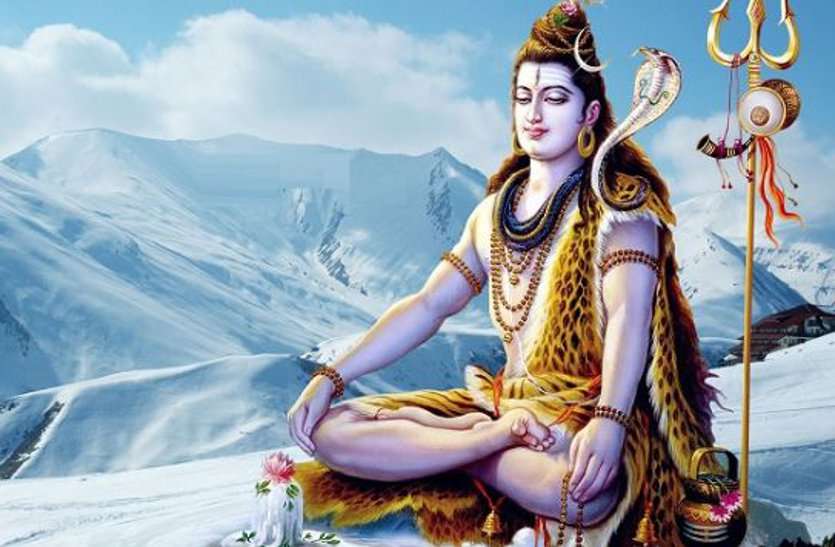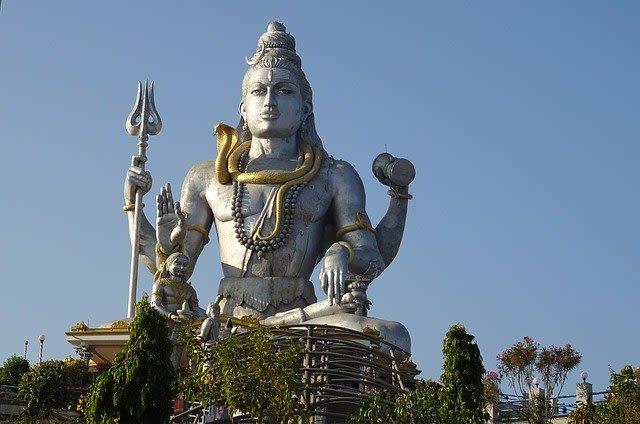Why Vijayadashami is considered an auspicious day?

Dussehra is one of the most important festivals celebrated in various forms all across India. The word Dussehra is derived from the Sanskrit word Dasha-hara meaning to get rid of bad fate. Vijayadashami or Dussehra is celebrated on the tenth day of the Hindu autumn lunar month of Ashwin. The first nine days are celebrated as Maha Navratri or Sharad Navratri that concludes on the tenth day as Dusshera.
Durga Puja is performed with great zeal and enthusiasm especially in Kolkata. Exquisitely crafted and decorated life-size sculptures of Goddess Durga slaying the demon Mahishasura are placed in the temples for worship. In Mysuru (Karnataka), Goddess Chamundeshwari is carried on a golden throne which is mounted atop a decorated elephant. The procession starts from the Mysuru Palace and ends at a place called Bannimantapa where the banni (shami) tree is worshipped.
Vijayadashami marks the victory of Goddess Durga over demon Mahishasura. This day also celebrates the victory of Lord Rama over the demon king Ravana. It also marks the end of Agnyatawas of Pandavas. The worship of the Shami Tree is also an important part of Vijayadashami. According to the epic Mahabharata, Pandavas wrapped their divine weapons in a cloth and kept it on a high branch of a Shami tree. It was on the day of Vijayadashami that they successfully completed their one year of disguised life. Arjuna collected the weapons from the Shami tree and defeated the Kauravas who attempted to steal the cattle of King Virata.
It is from that day, Shami trees and weapons have been worshiped on the ninth day of Navratri which is a day before Vijayadashami.
Vijaya Dashami is also considered auspicious to begin learning. Children are initiated to the process of learning and writing by the elders in the family.











